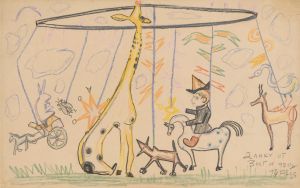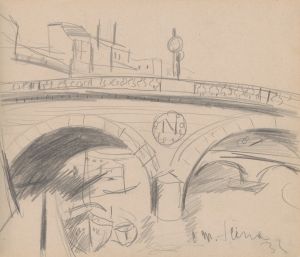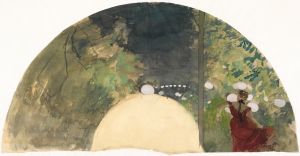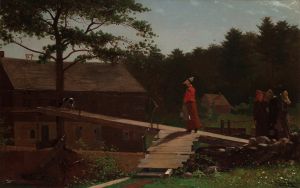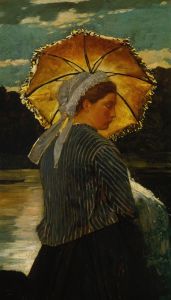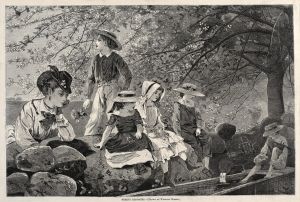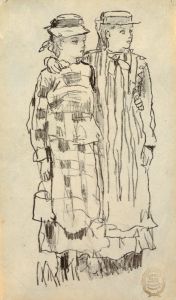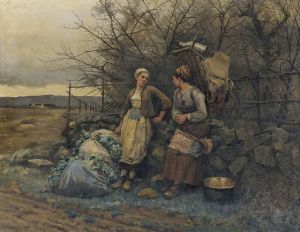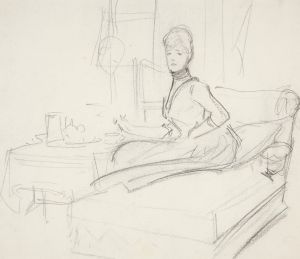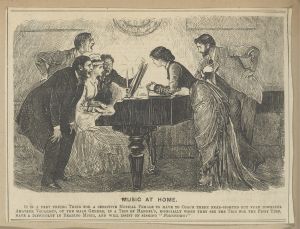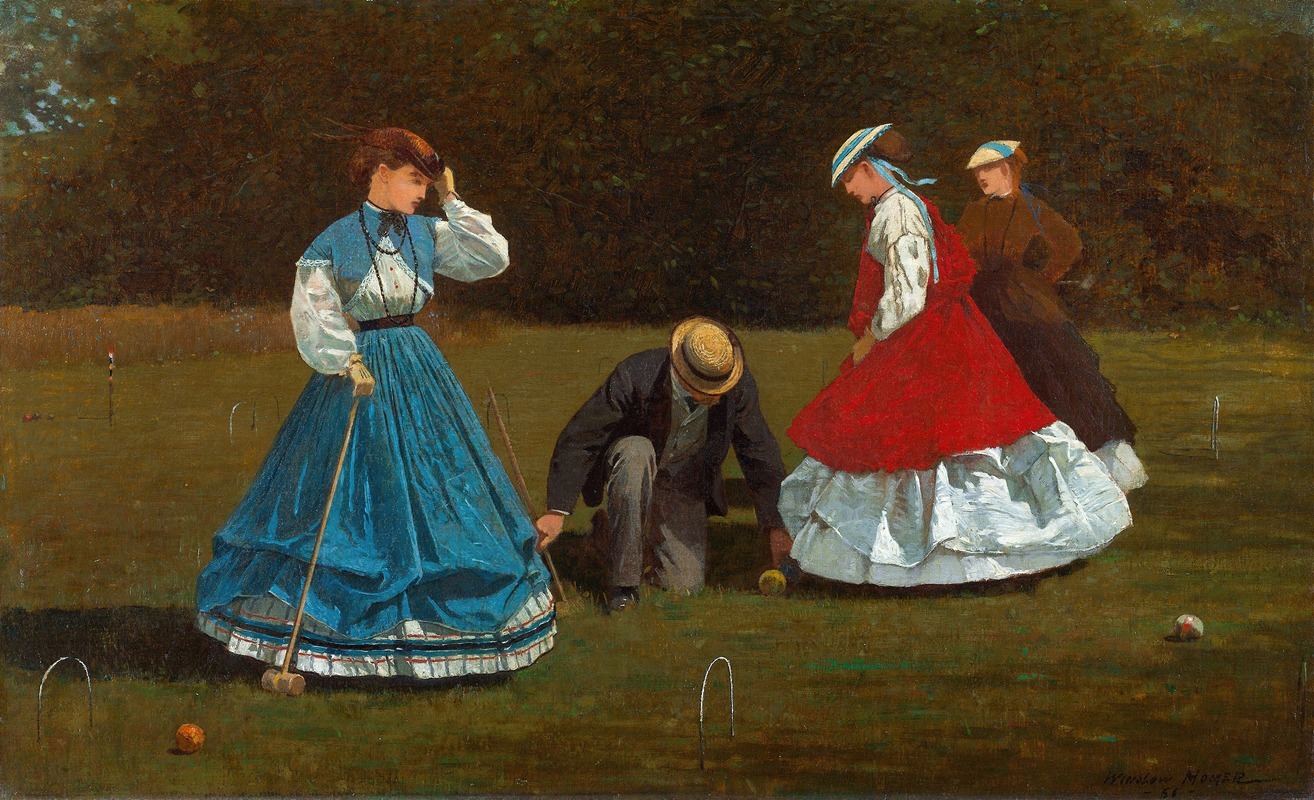
Croquet Scene
A hand-painted replica of Winslow Homer’s masterpiece Croquet Scene, meticulously crafted by professional artists to capture the true essence of the original. Each piece is created with museum-quality canvas and rare mineral pigments, carefully painted by experienced artists with delicate brushstrokes and rich, layered colors to perfectly recreate the texture of the original artwork. Unlike machine-printed reproductions, this hand-painted version brings the painting to life, infused with the artist’s emotions and skill in every stroke. Whether for personal collection or home decoration, it instantly elevates the artistic atmosphere of any space.
Winslow Homer, an influential American artist, created the painting "Croquet Scene" in 1866. This artwork is a significant example of Homer's early work and reflects the social and cultural dynamics of post-Civil War America. Homer is renowned for his ability to capture the essence of American life, and "Croquet Scene" is no exception, offering a glimpse into the leisurely pursuits of the time.
The painting depicts a group of young women and men engaged in a game of croquet, a popular pastime in the 19th century. Croquet, which originated in Europe, became fashionable in the United States during this period, symbolizing a shift towards more relaxed social interactions and outdoor activities. The game provided a socially acceptable way for men and women to interact, reflecting the changing norms of the era.
In "Croquet Scene," Homer employs a vibrant palette and a keen eye for detail to bring the scene to life. The composition is carefully arranged, with figures positioned in a lush, green landscape. The players are dressed in the fashionable attire of the day, with the women in long dresses and the men in suits, highlighting the social customs and fashion trends of the time. The setting, likely a garden or a park, is depicted with Homer's characteristic attention to natural light and shadow, adding depth and realism to the scene.
Homer's work during this period often focused on themes of leisure and recreation, capturing the spirit of a nation transitioning from the hardships of war to a more peaceful and prosperous era. "Croquet Scene" is emblematic of this shift, illustrating the newfound emphasis on social gatherings and outdoor activities. The painting also subtly comments on the evolving roles of women in society, as they are depicted actively participating in the game, suggesting a move towards greater social freedom and independence.
The painting is executed in oil on canvas, a medium that Homer mastered over his career. His technique in "Croquet Scene" demonstrates his skill in rendering textures and capturing the play of light, which would become hallmarks of his later work. This piece is part of a broader body of work that includes illustrations and paintings, through which Homer explored various aspects of American life.
"Croquet Scene" is housed in the collection of the Saint Louis Art Museum, where it continues to be appreciated by art enthusiasts and historians alike. The painting not only showcases Homer's artistic talent but also serves as a valuable historical document, offering insights into the social customs and cultural shifts of 19th-century America.
In summary, Winslow Homer's "Croquet Scene" is a notable work that captures the essence of post-Civil War American society. Through its depiction of a simple game, the painting reflects broader themes of leisure, social interaction, and the changing roles of women, all rendered with Homer's distinctive artistic style.






